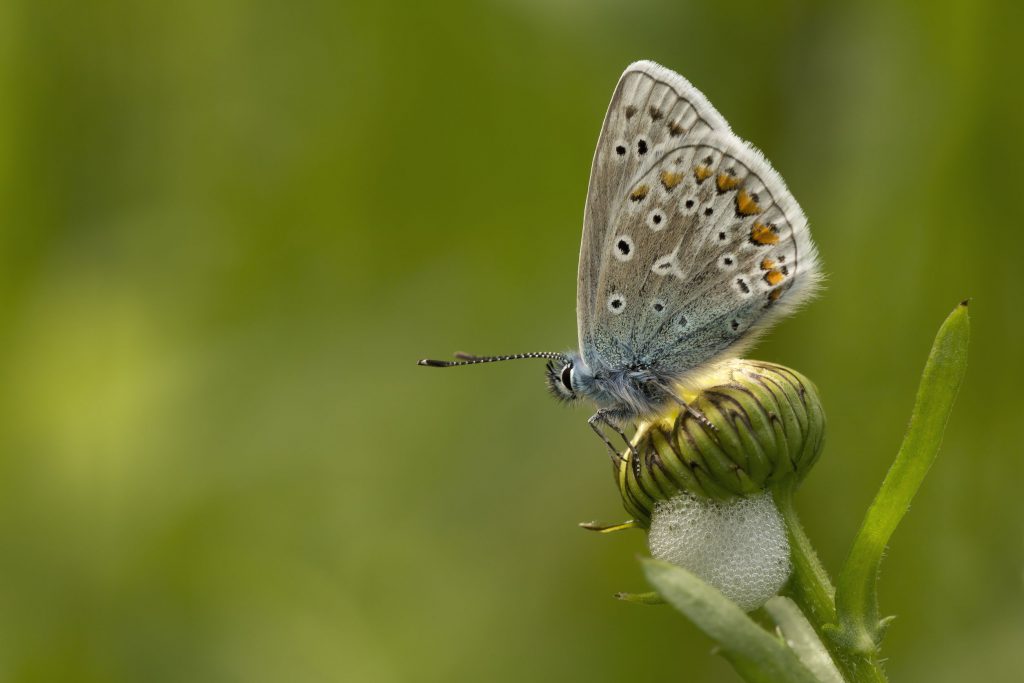We owe a lot to frogs and toads. They help us welcome in spring and summer with their peeps, croaks and snores in the evenings. They serve as bioindicator species that alert us to damaged or toxic environments. And, now, they may even help us kick the fossil fuel habit through an artificial photosynthesis matrix.

Biofuels, based on harvesting and converting plant biomass to fuel have been touted as an alternative to nonrenewable fossil fuels. The argument for them goes something like this: Nature has a means for converting sunlight energy to chemical energy (photosynthesis). Why not just let Nature do the work for us, and harness that power?
Continue reading “Cell-Free Artificial Photosynthesis with Frog Foam”